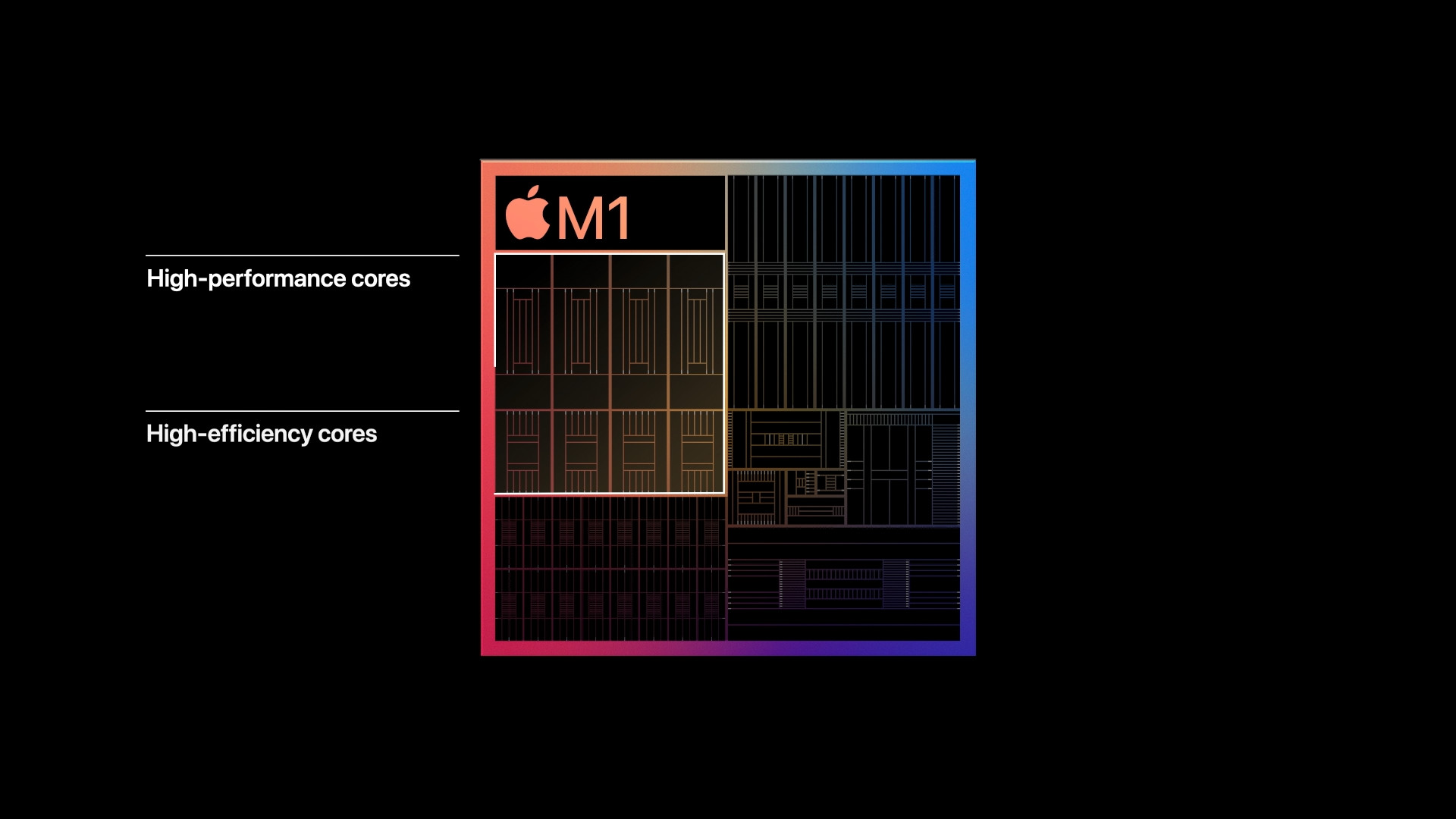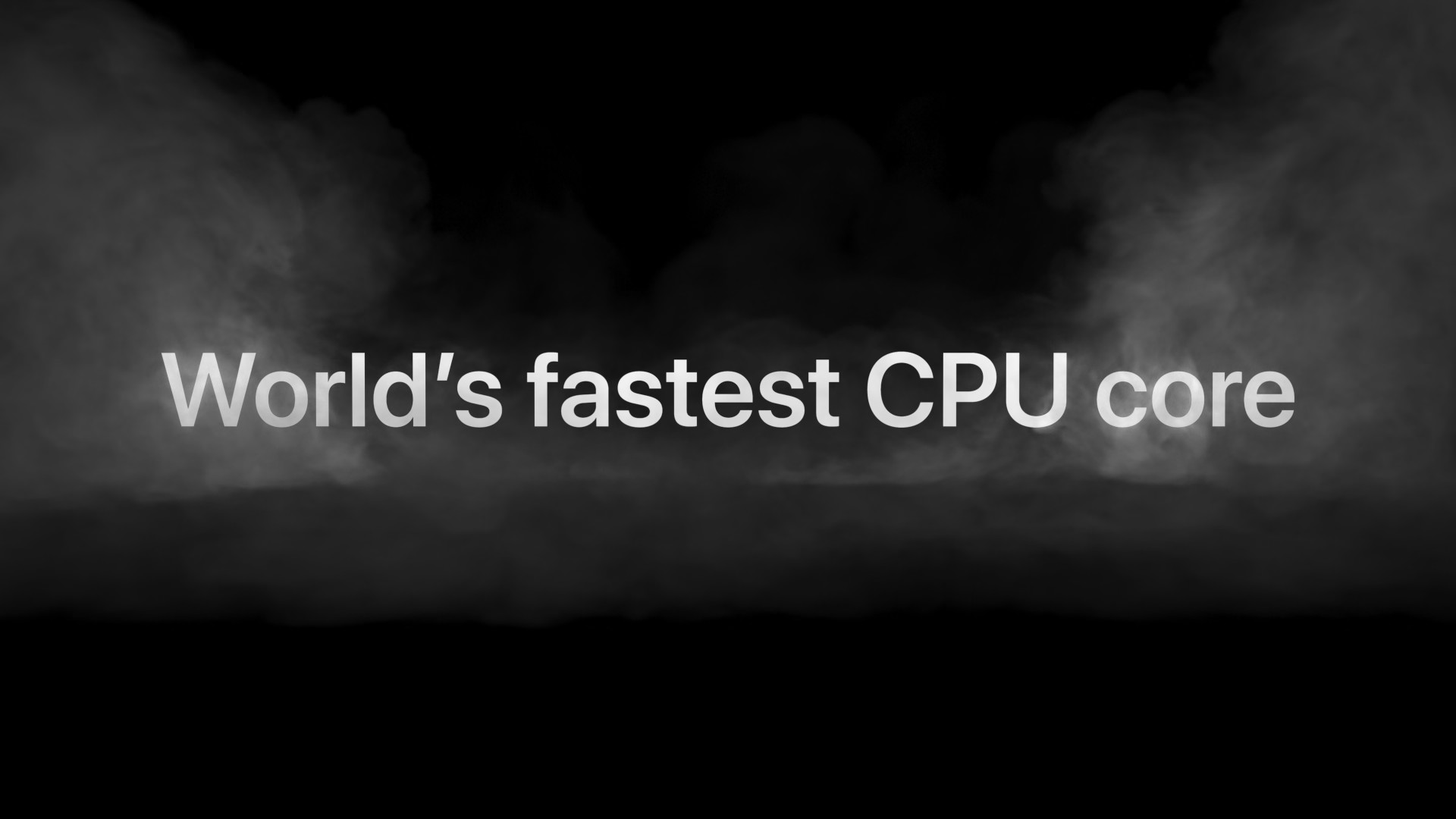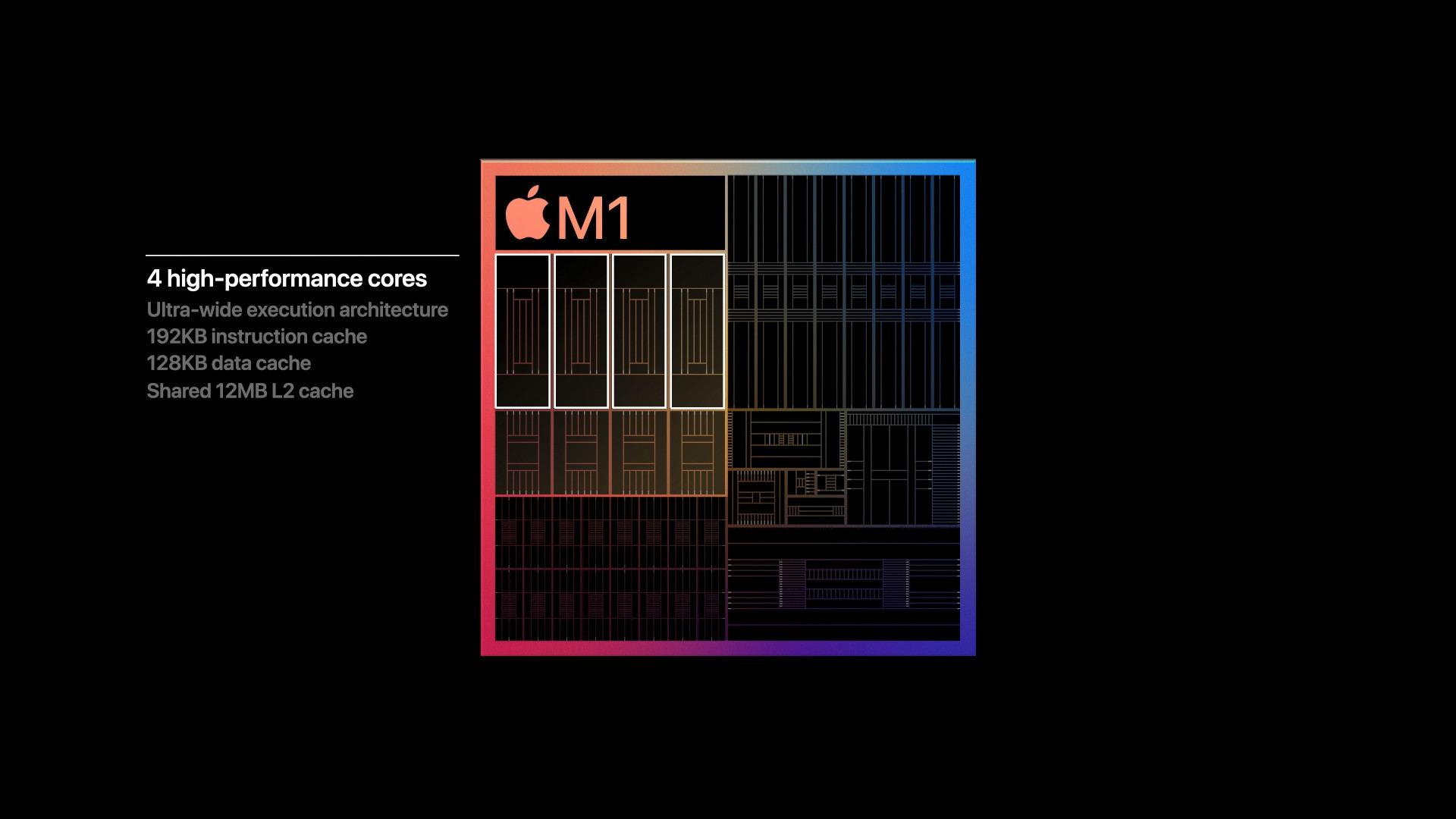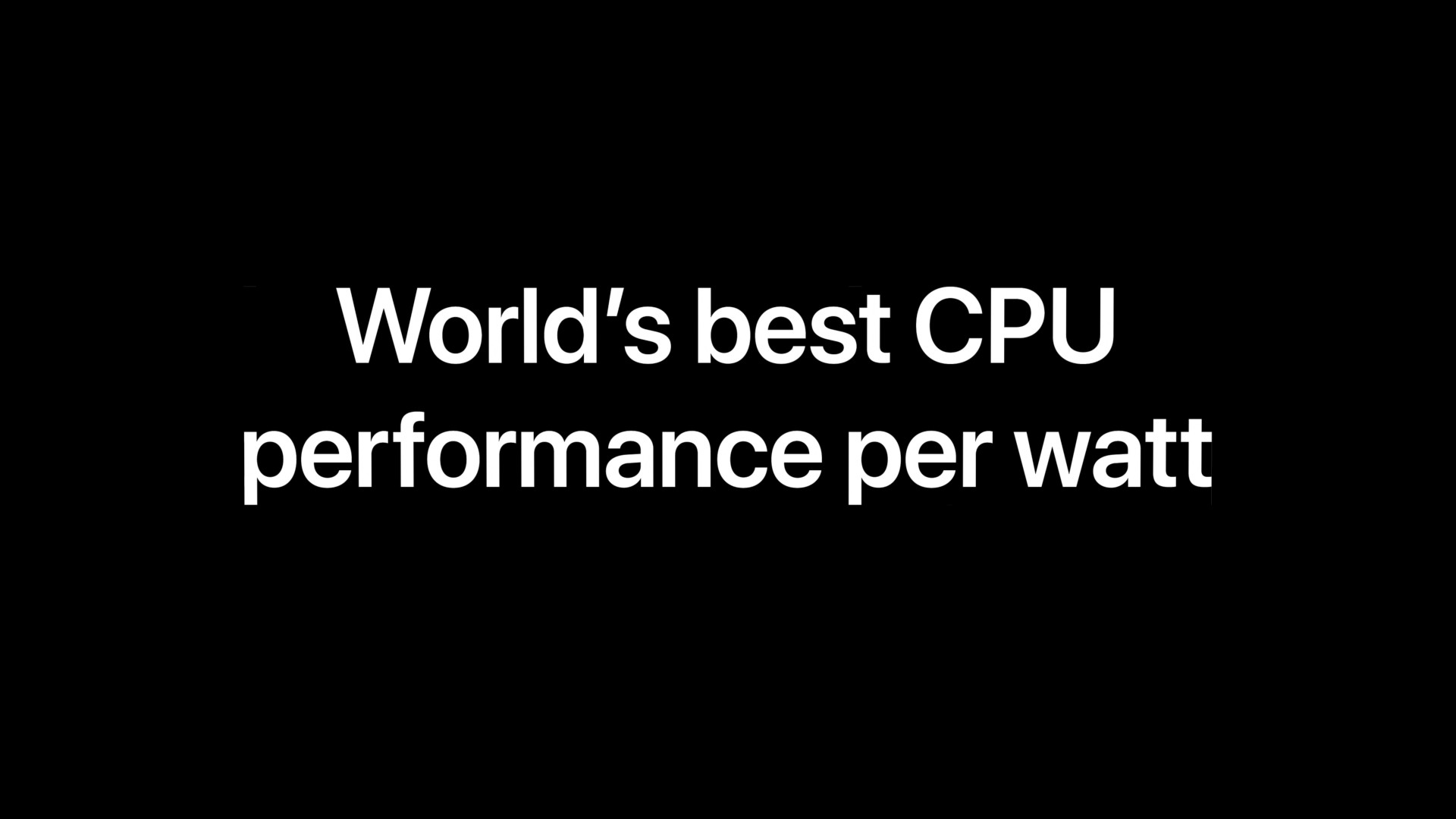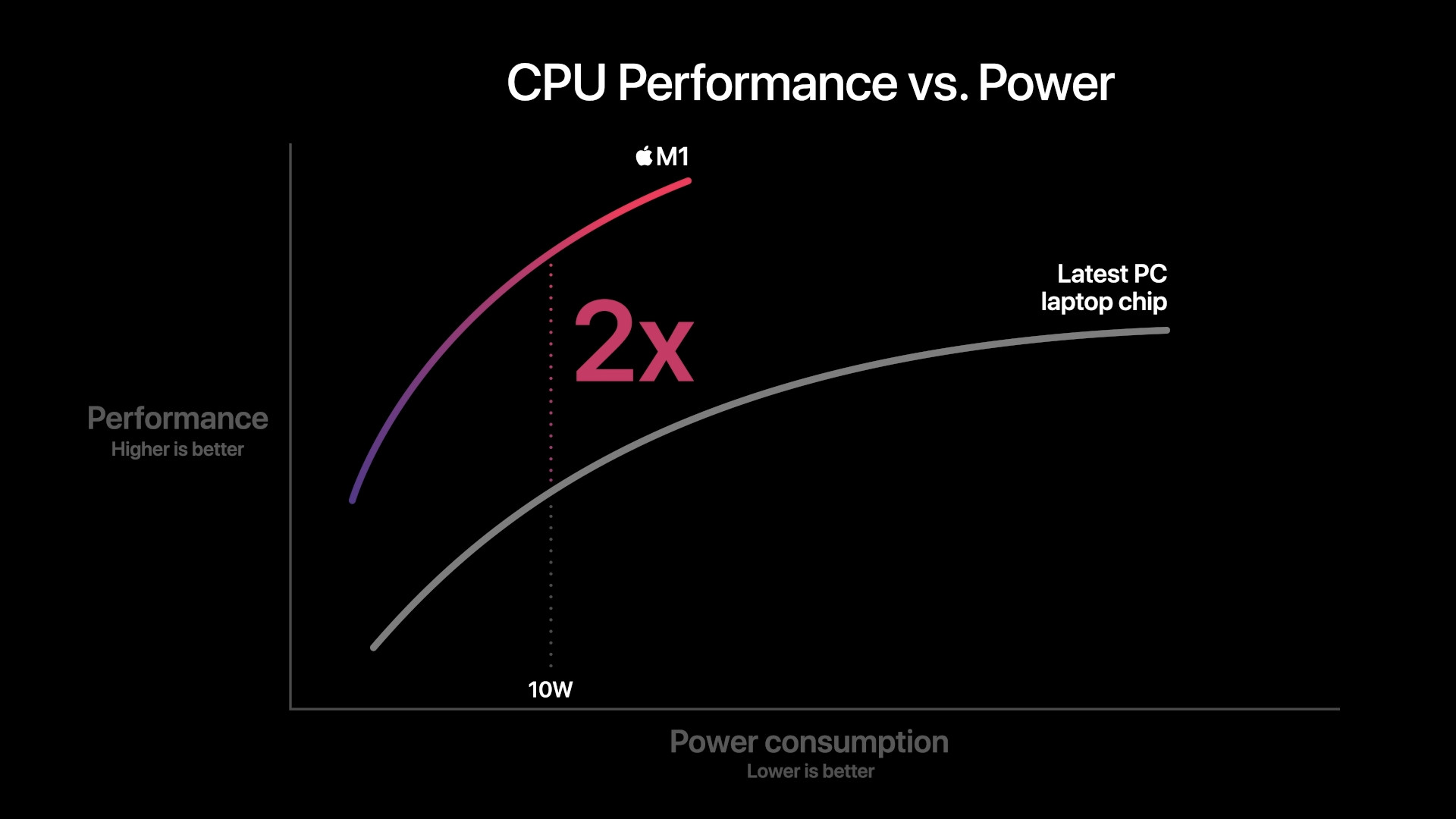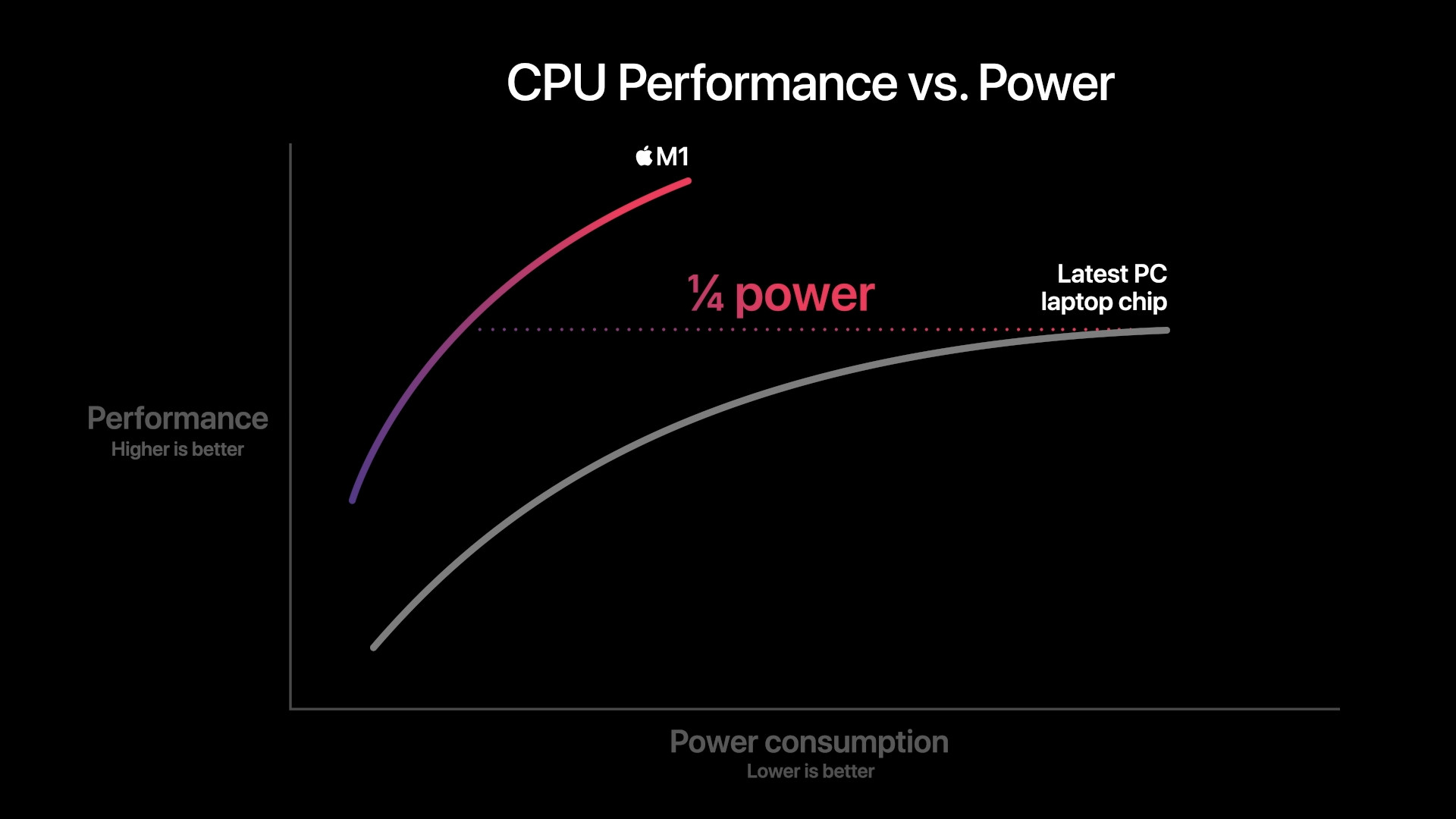On the occasion of the developer conference WWDC 2020, Apple revealed for the first time a rather fundamental change - Macs will switch from Intel processors to Apple's own Silicon chipsets. From this, the giant promised only benefits, especially in the area of performance and energy efficiency. Given that this is a fairly major change, there have also been widespread concerns about whether Apple is heading in the right direction. He was preparing for a complete change of architecture, which brings enormous challenges. Users were most worried about (backward) compatibility.
It could be interest you
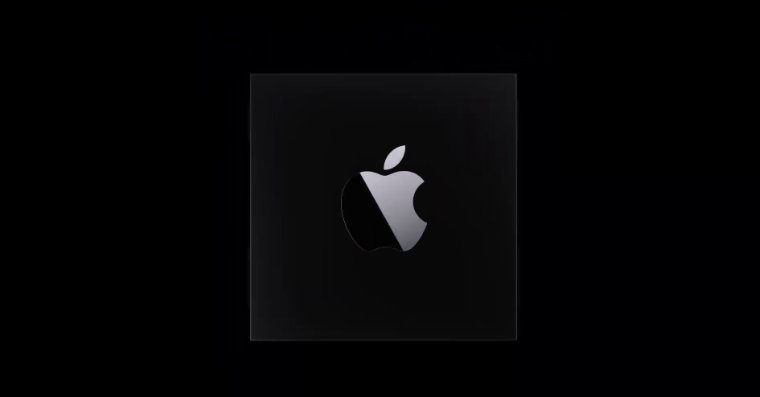
Changing the architecture requires a complete redesign of the software and its optimization. Applications programmed for Macs with Intel CPUs simply cannot be run on Macs with Apple Silicon. Fortunately, the Cupertino giant has shed some light on this as well and dusted off the Rosetta solution, which is used to translate an application from one platform to another.
Apple Silicon pushed Macy forward
It didn't take long and right at the end of 2020 we saw the introduction of a trio of the first Macs with the M1 chip. It was with this chipset that Apple was able to take everyone's breath away. Apple computers really got what the giant promised them - from increased performance, through low consumption, to good compatibility. Apple Silicon clearly defined the new era of Macs and was able to push them to a level that even the users themselves had not considered. The aforementioned Rosetta 2 compiler/emulator also plays an important role in this, which ensured that we could run everything we had available on the new Macs even before the transition to the new architecture.
Apple has solved practically everything from A to Z. From performance and energy consumption to extremely important optimization. This brought with it another major turning point. Mac sales began to grow and Apple users enthusiastically switched to Apple computers with Apple Silicon chips, which in turn motivates the developers themselves to subsequently optimize their applications for the new platform. This is a great collaboration that constantly moves the entire segment of Apple computers forward.
The absence of Windows on Apple Silicon
On the other hand, it's not just about the benefits. The transition to Apple Silicon also brought with it certain shortcomings that mostly persist to this day. As we mentioned right at the beginning, even before the arrival of the first Macs, the Apple people expected that the biggest problem would be on the side of compatibility and optimization. There was therefore a fear that we would not be able to run any applications properly on the new computers. But this (fortunately) is solved by Rosetta 2. Unfortunately, what still persists is the absence of the Boot Camp function, with the help of which it was possible to install traditional Windows alongside macOS and easily switch between the two systems.

As we mentioned above, by switching to its own solution, Apple changed the entire architecture. Before that, it relied on Intel processors built on the x86 architecture, which is by far the most widespread in the computer world. Practically every computer or laptop runs on it. Because of this, it is no longer possible to install Windows (Boot Camp) on a Mac, or to virtualize it. Windows ARM virtualization is the only solution. This is a special distribution directly for computers with these chipsets, primarily for devices of the Microsoft Surface series. With the help of the right software, this system can also be virtualized on a Mac with Apple Silicon, but even then you won't get the options offered by traditional Windows 10 or Windows 11.
It could be interest you
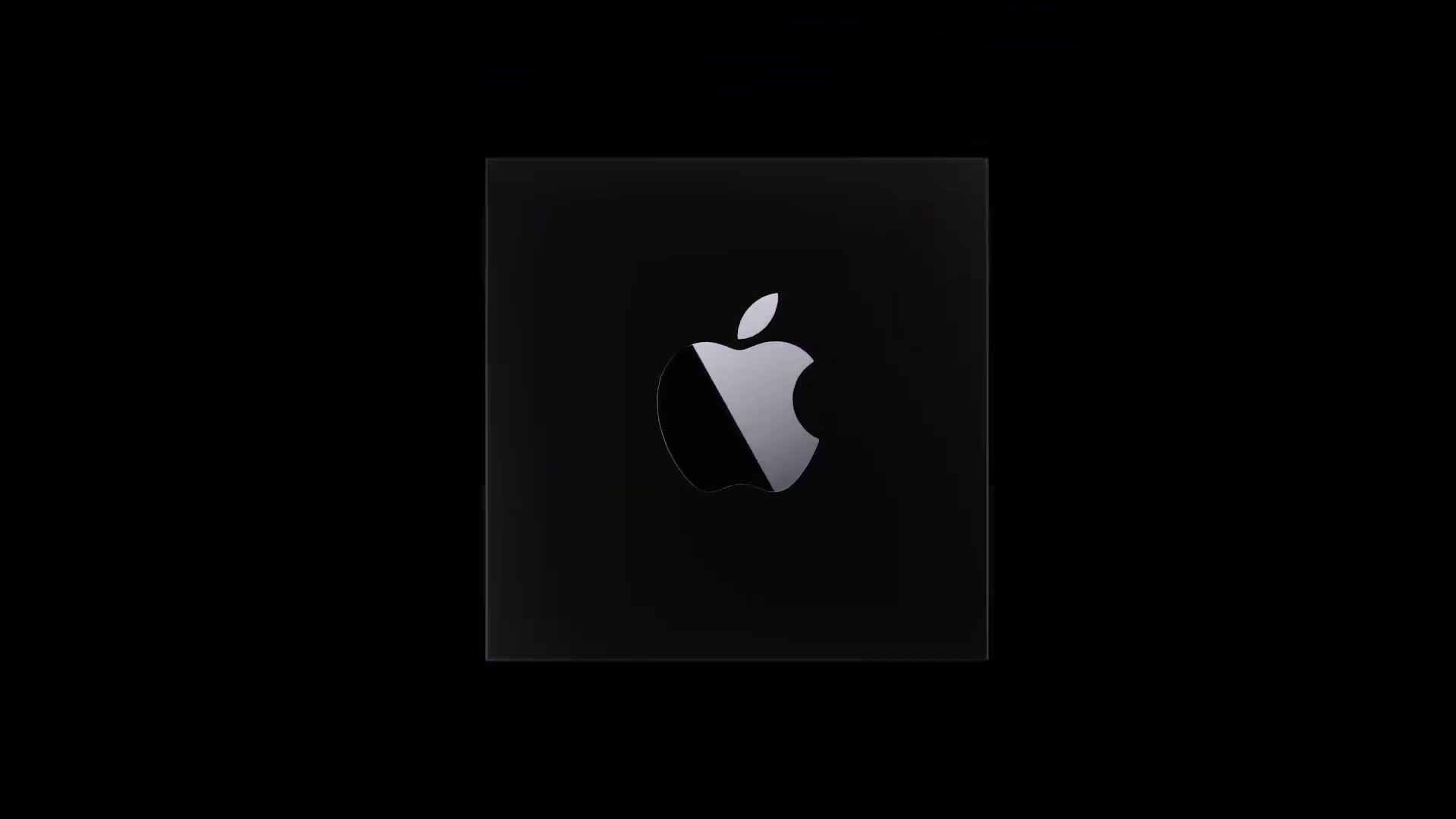
Apple scores, Windows ARM is on the sidelines
Apple is not the only one that also uses chips based on the ARM architecture for computer needs. As we mentioned in the paragraph above, Microsoft Surface devices, which use chips from Qualcomm, are in the same situation. But there is a rather fundamental difference. While Apple managed to present the transition to Apple Silicon as a complete technological revolution, Windows is no longer so lucky and instead hides in seclusion. An interesting question therefore arises. Why Windows ARM is not as lucky and popular as Apple Silicon?
It has a relatively simple explanation. As pointed out by Windows users themselves, its version for ARM brings virtually no benefits. The only exception is the longer battery life resulting from overall economy and low energy consumption. Unfortunately, it ends there. In this case, Microsoft is paying extra for the openness of its platform. Although Windows is on a completely different level in terms of software equipment, many applications are developed with the help of older tools that, for example, do not allow simple compilation for ARM. Compatibility is absolutely critical in this regard. Apple, on the other hand, approaches it from a different angle. Not only did he come up with the Rosetta 2 solution, which takes care of fast and reliable translation of applications from one platform to another, but at the same time he brought a number of tools for simple optimization to the developers themselves.

For this reason, some Apple users wonder whether they actually need Boot Camp or support for Windows ARM in general. Due to the growing popularity of Apple computers, the overall software equipment is also improving. What Windows is consistently several levels ahead of, however, is gaming. Unfortunately, Windows ARM probably wouldn't be a suitable solution. Would you welcome the return of Boot Camp to Macs, or will you be fine without it?
